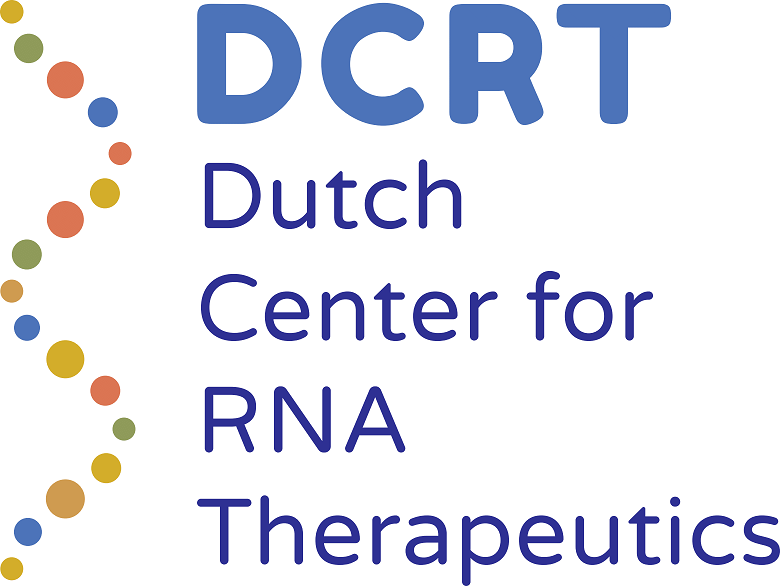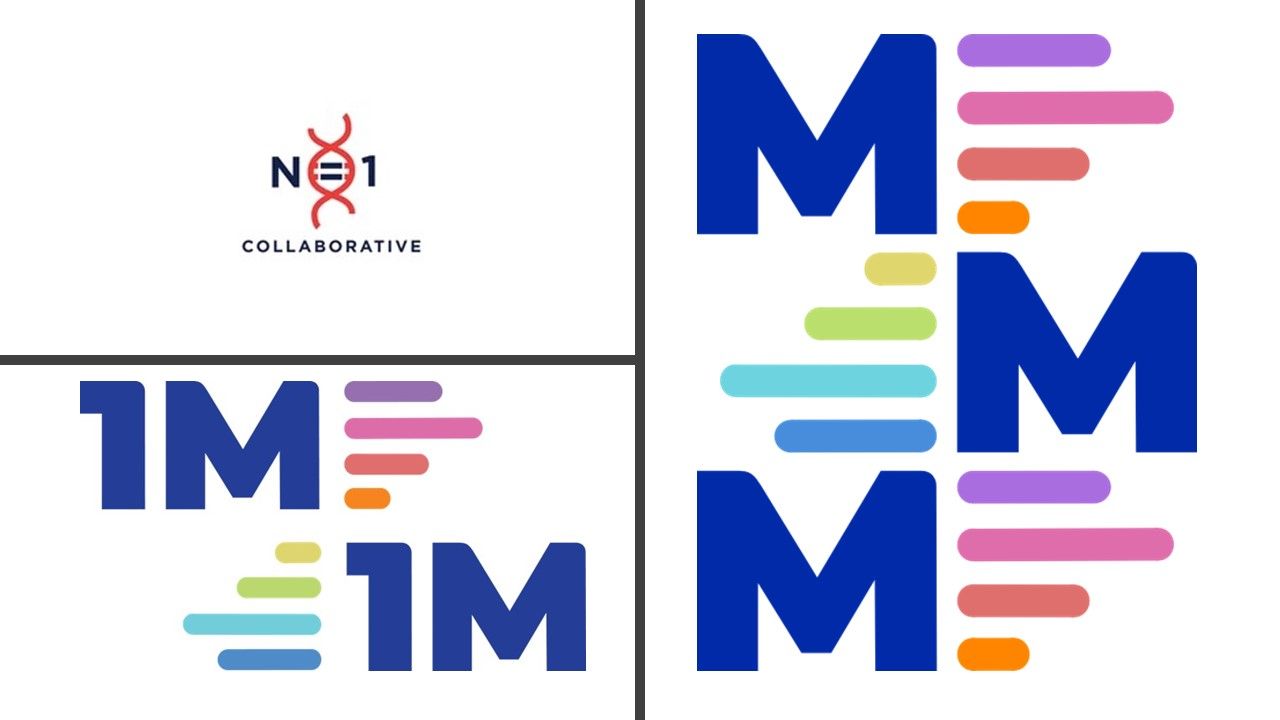Our Work
DCRT's current goal is to identify patients with an ultra-rare (N=1) genetic disease of the brain, the spinal cord or the eye who would be eligible for personalized ASO treatment. Here are the steps that LUMC, Radboudumc and ErasmusMC have taken towards this goal and our collaborations with other N=1 initiatives.
Radboudumc
At the Radboudumc, efforts to establish N-of-1 treatments so far have mainly focused on ABCA4-associated retinal disease (i.e., Stargardt disease). Stargardt disease is a progressive retinal disorder mainly affecting central vision, and is caused by biallelic variants in ABCA4. It is characterized by an unprecedented allelic heterogeneity as to date, more than 1,200 different causative ABCA4 variants have been described. Whereas some of these variants are highly recurrent, present in several thousands of individuals worldwide, others are ultrarare, down to present in a single individual. Besides molecular eligibility (the effect of the mutation should be rescuable with an ASO), the clinical status should also be carefully checked, as retinal cells do not regenerate. At this moment, we have identified two cases with Stargardt disease potentially eligible, as the splicing defect caused by one of their pathogenic ABCA4 variants can be rescued with an ASO, and there is sufficient remaining integrity of the retina to be targeted. Therefore, we anticipate that treatment will have benefit for the patient. In more general terms, we are establishing a routine procedure to determine, at an early stage, whether an IRD patient that who enters the clinic and in which whom the causative genetic defect has been identified, is a candidate for a future N-of-1 intervention, regardless of the causative gene.
ErasmusMC
At ErasmusMC, the focus is on developing ASOs for treating ultra-rare and private variants causing neurodevelopmental disorders . With the aid of a ZonMw Psider consortium grant from the Dutch government (together with LUMC), the lab is now focusing on in silico, in vitro, and in vivo platforms for designing ASOs, and establishing their efficacy and toxicity. In particular, the lab explores the value of using extracellular electrophysiological measurements via multi-electrode arrays with iPS-induced pluripotent stem cell (iPSC)-derived neurons or mouse primary neurons as an in vitro proxy for toxicity and efficacy. The lab is also investigating ASO-associated toxicity in the developing (mouse) brain, and determining the critical time window for reversing phenotypes in mouse models.
LUMC
At the LUMC, we are working on multiple projects to develop antisense oligonucleotides for rare neurological disorders but also on projects to facilitate patient and variant identification for individualized genetic treatments.
Gene and disease programs
PLP1 - We are currently developing ASOs for PLP1-associated “Hypomyelination of Early Myelinating Structures” (HEMS). We hereby aim to either correct patient-specific deep intronic cryptic splicing variants or correct splicing of PLP1 using an approach applicable to multiple patients. ACTL6B – We are working on developing an exon-skipping approach for a heterozygous variant in ACTL6B that is associated with a neurodevelopmental disorder. Neurometabolic disorders – We are looking into recurrent deep intronic variants leading to cryptic splicing within the group of neurometabolic diseases. These are for example lysosomal storage disorders and mitochondrial diseases that are mainly manifesting in the nervous system.
Computational projects and tools
DCRT has prepared a list of genes and diseases associated with neurological phenotypes that are eligible for an ASO approach.
DCRT has developed the ExonViz tool to visualize a transcript with all its exons, their frame, including non-coding regions. The tool additionally allows to draw genetic variants within these transcripts. This is the first tool of its kind and is freely accessible. The code to ExonViz is also available for download. Furthermore, we have made a list of N1C oligonucleotides for toxicity studies.
Our collaborations

